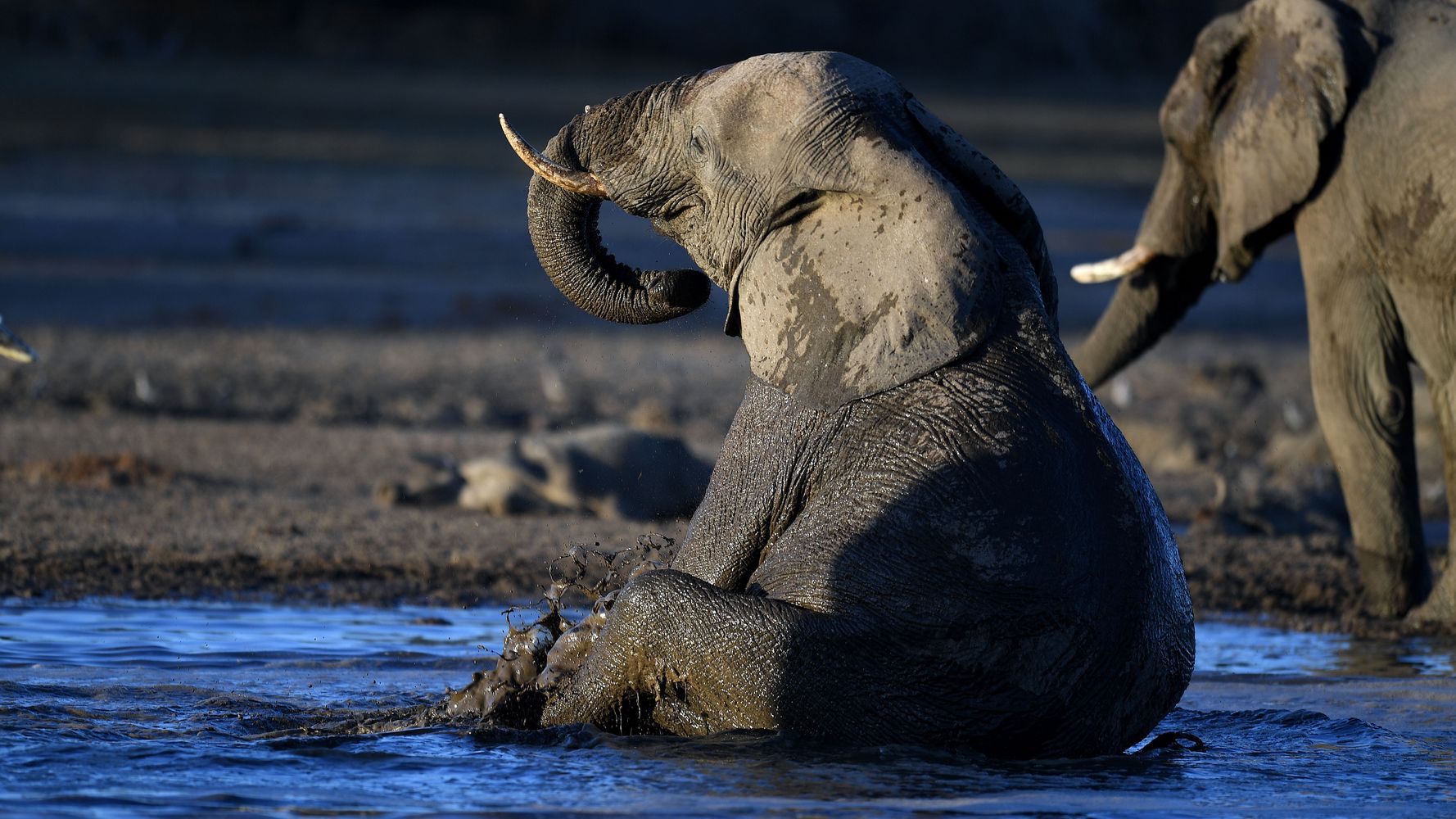The two species of African elephants are now both listed as endangered, thanks to a one-two punch of poaching and habitat loss, according to a new assessment.
The International Union for Conservation of Nature, or IUCN, on Thursday released an updated version of its Red List, which categorizes more than 37,000 threatened species across the planet. For the first time, the group has shifted how it categorizes elephants in Africa. Previously, they were listed as one unified species, but they are now broken into African forest elephants, listed as critically endangered, and African savannah elephants, listed as endangered.
The lumped group was listed as vulnerable after the IUCN’s last assessment, conducted in 2008.
“The forest elephants, in most cases, have been largely ignored,” Ben Okita, a conservation biologist, told The New York Times. “It’s become clear that genetically these two species are different.”
The main threats to the elephants remain poaching for their ivory, and habitat loss. Over the last three decades, populations of forest elephants — smaller than their savannah cousins, with rounder ears — have fallen by 86%. Savannah elephants have declined by at least 60% over the last half-century.
Large portions of those declines have come in the last 15 years, the IUCN found, as poaching peaked in 2011, driven by ivory demand from some Asian countries. Wildlife officials also reported a dramatic increase in ivory seizures in 2019, but said it was likely due to better efforts to combat wildlife crime.
“Africa’s elephants play key roles in ecosystems, economies and in our collective imagination all over the world,” Bruno Oberle, director general of the IUCN, said in a statement. “We must urgently put an end to poaching and ensure that sufficient suitable habitat for both forest and savanna elephants is conserved.”
The report did include some good news. Anti-poaching programs in some regions of Gabon and the Republic of the Congo have helped forest elephant numbers stabilize. In one area ― a conservation zone comprising parts of Botswana, Angola, Namibia, Zambia and Zimbabwe ― elephant numbers have been stable or growing for decades.
Calling all HuffPost superfans!
Sign up for membership to become a founding member and help shape HuffPost’s next chapter


